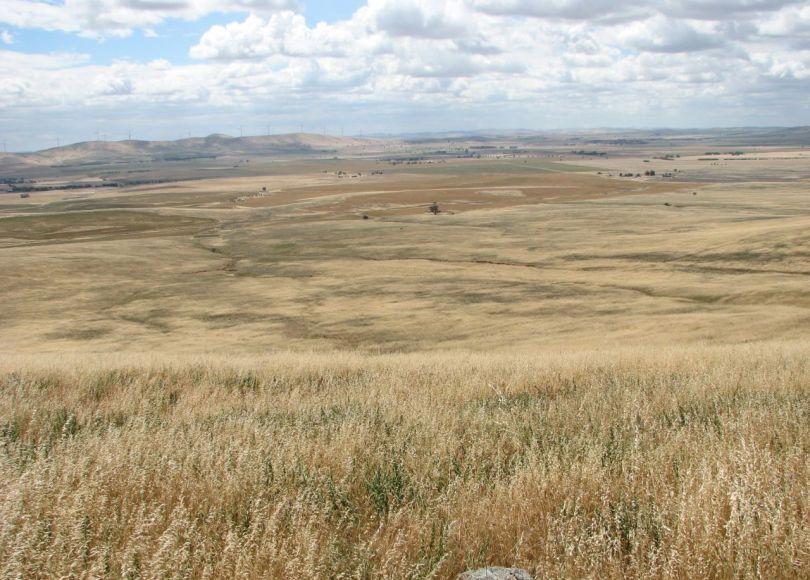Not all weeds are bad - Some may actually be good for Australian grasslands
Loads of evidence suggests weeds wreak havoc to native plant communities but many more do not.
It’s well known that our most virulent introduced species can cause a whole range of problems for native ecosystems by out-competing, or rendering the local environment unsuitable for, local plants.

Mokota Conservation Park, a remnant grassland in the mid-north region of South Australia approximately 160 km north of Adelaide. Photo by Greg Guerin.
Even so, recent case studies have revealed an overall positive relationships between the diversity of native species and presence of weedy species, notably in Mediterranean Biome grasslands.
If we break this down a little, however, do we still find that native plant that are most similar to weeds are being displaced?
Using information from a regional survey of remnant grasslands in South Australia, we found that the diversity of native herbs and grasses actually increased when there were more weed species present in a habitat patch, despite most of the weeds being herbs or grasses. The effect remained significant across different soil types, regional climates and seasonal rainfall (key factors that influence native and weed growth and diversity).
These results seem counter-intuitive.
We know many weeds negatively impact native ecosystems and expect ecologically similar species to compete with each other. The explanation for this opposite finding may lie partly in the subtle ecological differences between species and weeds, leading to separation of resources, and allowing them to exploit different micro-niches.
For example, introduced herbs tend to have higher leaf mass but lower seed mass than native herbs, which promotes rapid growth and dispersal. Introduced herbs and grasses were also more likely to be annual rather than perennial, a key difference in growth period and life history strategy.
Small native shrubs and low, multi-stemmed eucalypt trees known as ‘mallees’ were less frequent in habitats where weeds were diverse or abundant. While weeds may suppress regeneration from seed in some woody species, our study did not resolve the mechanisms involved.
To further examine the positive effect of weeds on native herbs and grasses, we broke the analysis down by individual weed species.
While a set of weed species had strong negative associations with native plant diversity, many weeds had minimal relationships to natives and some had a strong positive relationship.
This suggests that only a subset of weeds are impacting natives – where abundant, native diversity is heavily reduced – and these are the species that should be targeted for management. Being able to identify and target these species allows the scarce resources available for habitat management to be targeted for maximum impact.
About this article
Written by Dr Greg Guerin, this article was republished from Biodiversity Revolution: Thoughts from the vanguard of biodiversity research. View the original article.
It is a plain language summary of the paper published in the Applied Vegetation Science.
